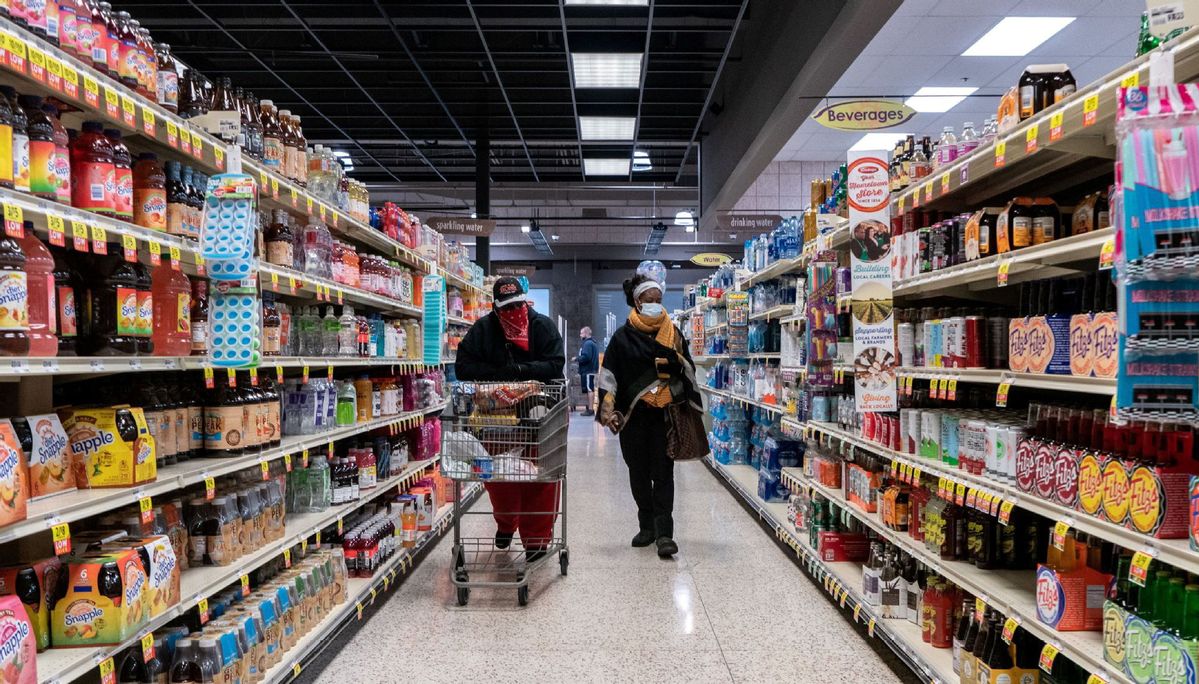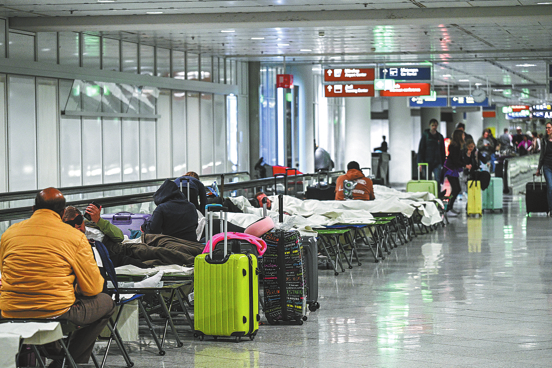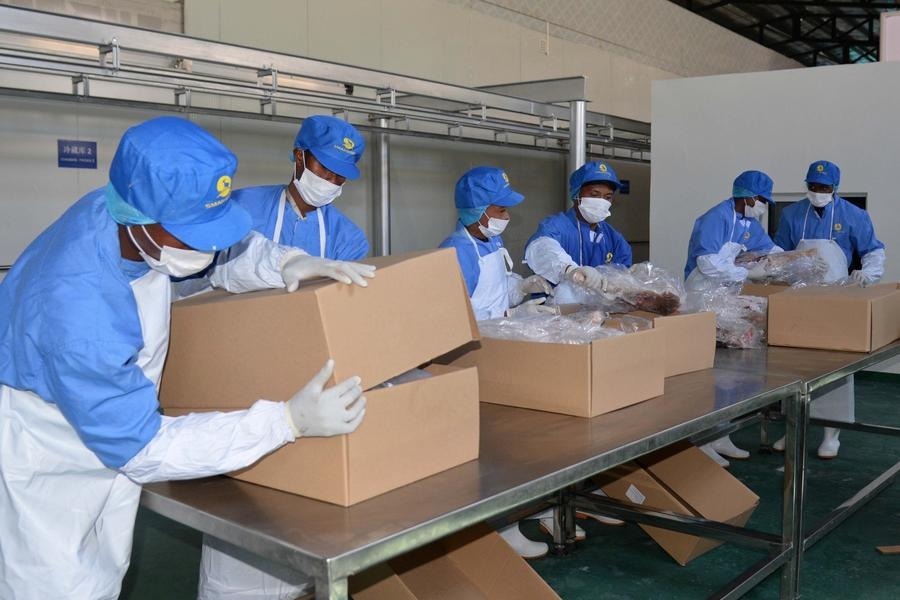Soaring prices push consumer mood to decade low


WASHINGTON-US consumer confidence fell to a fresh decade low in early February amid concerns over the country's record-high inflation, according to a survey published by the University of Michigan.
The preliminary consumer sentiment index fell to 61.7 in the first half of February, the lowest level since October 2011, from a final reading of 67.2 in January, the survey showed.
"The recent declines have been driven by weakening personal financial prospects, largely due to rising inflation, less confidence in the government's economic policies, and the least favorable long-term economic outlook in a decade," said Richard Curtin, chief economist of the survey, issued on Friday.
"The impact of higher inflation on personal finances was spontaneously cited by one-third of all consumers, with nearly half of all consumers expecting declines in their inflation adjusted incomes during the year ahead."
The fall in consumer sentiment came after the US Labor Department reported on Thursday that consumer prices rose 7.5 percent last month compared with a year earlier, the steepest year-over-year increase in 40 years. The acceleration of prices ranged across the economy, from food and furniture to apartment rents, airline fares and electricity.
Shortages of supplies and workers, heavy doses of federal aid, ultralow interest rates and robust consumer spending combined to send inflation leaping in the past year. And there are few signs that it will slow significantly anytime soon.
In short supply
Wages are rising at the fastest pace in at least 20 years, which can pressure companies to raise prices to cover higher labor costs. Ports and warehouses are overwhelmed, with hundreds of workers at the ports of Los Angeles and Long Beach, the country's busiest, out sick last month. Many products and parts remain in short supply as a result.
The steady rise in prices has left many US citizens less able to afford food, rent, child care, fuel and other necessities. More broadly, inflation has emerged as the biggest risk factor for the economy and as a serious threat to President Joe Biden and congressional Democrats as midterm elections loom later this year.
Among the people who are struggling with pricier food and gas is Courtney Luckey, who has changed her shopping habits and taken on additional work shifts at a grocery store in Charlotte, North Carolina, where she lives.
Luckey, 33, used to be able to fill up a grocery cart for $100. Now, she said, $100 barely fills half the cart. Tomatoes have reached nearly $5 a pound (454 grams), "which I think is ridiculous". Luckey has switched to canned tomatoes and has begun using discount coupons.
She has also picked up more hours in a grocery store, but it is 30 minutes from her home, so she has to spend more on fuel.
All Luckey's forced additional spending has caused her to cut back on family activities such as bowling, with her daughter, her brother and his two sons. Those outings now typically happen once a month, rather than every week or two.
In the past year sharp increases in the costs of fuel, food, cars and furniture have upended many other consumers' budgets, too. In December economists at the Wharton School of the University of Pennsylvania estimated that the average household had to spend $3,500 more than in 2020 to pay for an identical basket of goods and services.
Many large corporations, in conference calls with investors, have said they expect supply shortages to persist until at least the second half of this year. Companies from Chipotle to Levi's have also warned that they will likely raise prices again this year, after having done so in 2021.
Chipotle said it has increased menu prices 10 percent to offset the rising costs of beef and transportation as well as higher employee wages. And the restaurant chain said it will consider further price increases if inflation keeps rising.
Xinhua - Agencies

































